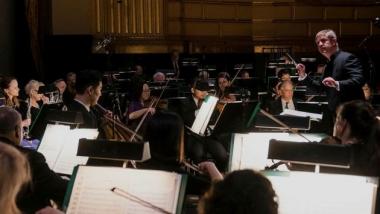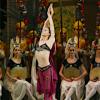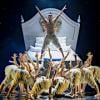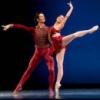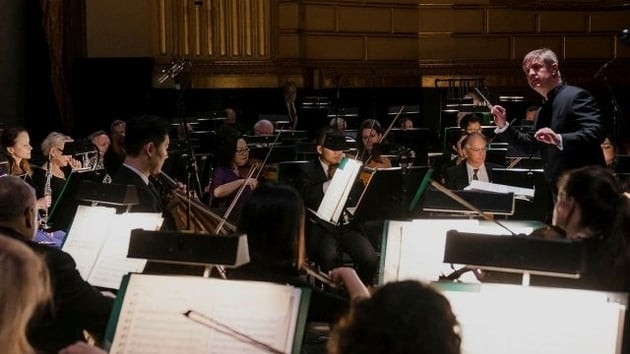
San Francisco Ballet has two interconnected distinctions: it’s among the few remaining ballet companies employing a large, full-time orchestra, and its first-in-the-U.S. Nutcracker run — now in its 75th year — is among the largest anywhere.
So, when you play 31 performances of the beloved Tchaikovsky score in three weeks before a combined audience of 100,000, what is it like?
“Playing the Nutcracker ‘season’ is indeed a marathon,” says Peter Wahrhaftig, chair of the SF Ballet Orchestra Players’ Committee:
“The orchestra plays two performances every day of the run, matinee and evening, with no relief. The music is not simple, with demanding, exposed solos throughout for nearly every wind instrumentalist, as well as virtuosic tutti string sections.
“While the Sugar Plum Fairy, the prince, the mice, and Clara are cavorting on stage, Julie McKenzie on the piccolo, Scott Thornton on the bass trombone, Adam Luftman on the trumpet, Rufus Olivier on the bassoon, and all the others are creating the atmosphere for the stage magic.
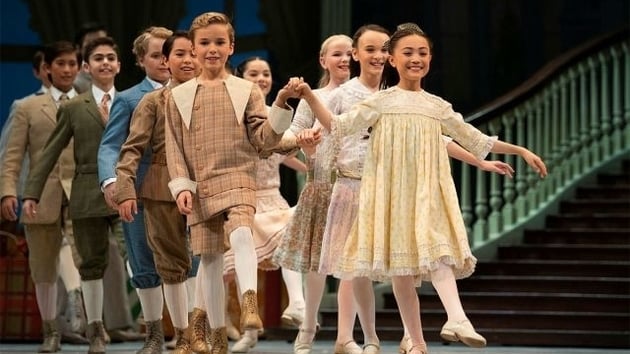
“Wenyi Shih, Cordula Merks, Yi Zhou, and Rebecca Jackson are leading the strings in the soaring melodies, Eric Sung and the cellos are singing away, and David Rosenthal is marking time with the chimes. All the musicians need to make this challenging music sound easy, performance after performance. Not only must the notes be executed, but inspired music must be made, with its investment of heart and emotion by the musicians. Fortunately, it’s music with huge rewards for the audience, dancers, and musicians alike.
“There is necessary downtime between performances, where the musicians do whatever it takes to recharge for the next one. Some folks exercise, some explore Civic Center eateries, some read, some nap, and some play in the legendary poker game.
“Juggling family obligations during the December holiday season becomes a challenge, and many musicians’ kids come by for visits. Marilyn Coyne, the orchestra’s English hornist, often provides a special pick-me-up to the orchestra in the form of incredible cakes from the bakery named after Schubert.
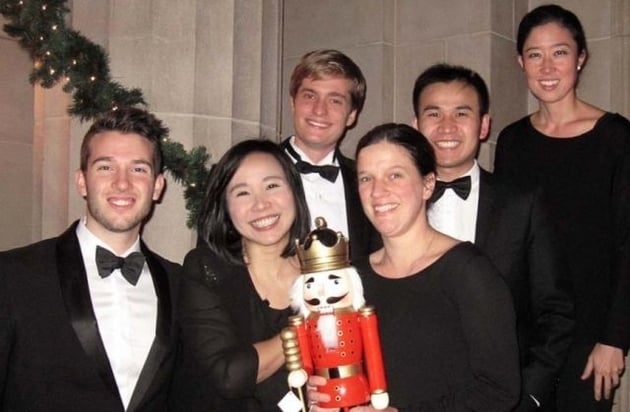
“Other highlights are sometimes provided by audience members, who bring gifts of cookies and other sweets to the orchestra. Not only do the musicians enjoy the food, but they really enjoy the affection that is expressed by these gestures. While the orchestra knows that it’s a vital partner in the artistic process, it’s validating to get direct recognition from the audience.
“While playing 31 Nutcrackers in three weeks is certainly a challenge, it’s also incredible to be a part of bringing this wonderful score to life in such a vibrant fashion with such an amazing team of colleagues. The ballet orchestra has the reputation of being a most collegial and friendly orchestra, comprised of people who really enjoy making music together. In December the musicians become prime advocates for Tchaikovsky and Nutcracker magic.”
Our focus is on the mostly unseen musicians in the orchestra pit, but consider also the enormous effort this requires from the huge casts of dancers and others such as ushers-under-siege, and more than 300 Bravo volunteers, who logged 4,200 hours of support during last year’s Nutcracker run.
The Nutcracker “marathon” is important not only for holiday entertainment and as a proven inspiration for generations of future dancers and audiences, it’s also a financial behemoth. Multiplying the number of performances with the 3,126 seats in the War Memorial yields a total attendance of 96,906 (not counting the standing room).
Assuming — based on experience — full houses at most shows, and the $25 to $449 price range, SF Ballet is looking at a significant contribution to its income stream that needs to cover its current operating budget of $52.8 million. (Don’t bother to look for $25 tickets in the second balcony, they are as rare as the $10 lottery tickets for Hamilton.)
While considering the toil and strain of more than 60 hours of performing within a few days with little or no time-outs, let’s look at aspects of glory in the score, as expressed by SF Ballet Music Director Martin West:
Nutcracker is one of the most extraordinary scores of the 19th century. The immediate charms of the melodies make it accessible to everyone, yet the masterly and innovative orchestration allows a listener (and performer!) to hear new things even after many times.
I find new things every year — new colors, new harmonic surprises. It’s a treasure trove and I’ve never tired of performing it, even after almost 25 years of performances.”
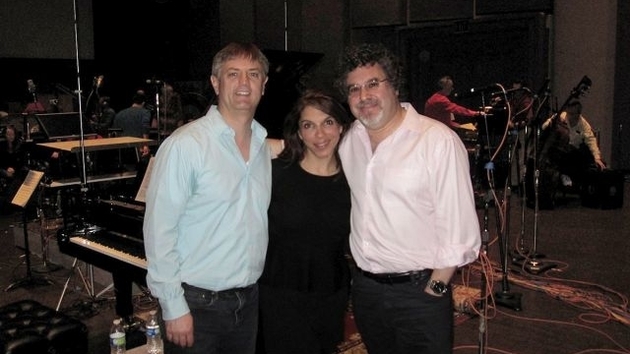
When the curtain falls on the last SF Ballet Nutcracker of 2019 on Dec. 29, orchestra musicians (and, of course, the dancers, for whom season preparations began months ago) are already hard at work, rehearsing the huge 2020 repertory, with the season-opening gala right around the corner, on Jan. 16.
Music Director West calls the season’s music “one of the best in many years for the orchestra.” He singles out works by Prokofiev, including the season-opening Cinderella, choreographed by Christopher Wheeldon (Jan. 21 – Feb. 2), and the Piano Concerto No. 2 for Trey McIntyre’s The Big Hunger. Prokofiev's familiar score for Romeo and Juliet will be heard at the season-closing performances of Helgi Tómasson’s choreography, May 1–10.
“For the first time in many years,” West says, “we will be joined in the pit by a ladies chorus for George Balanchine’s A Midsummer Night’s Dream, [set] to Mendelssohn’s music, and I am especially looking forward to [Alexander] Glazunov’s The Seasons (Alexei Ratmansky's choreography on Program 6) — a piece rarely played but, like many of his works, a masterclass in orchestral colors.”
The Seasons is resurrected with new choreography — an SF Ballet premiere and co-commission with the American Ballet Theatre. The work was composed in 1899 for choreographer Marius Petipa, and the original production premiered at the Imperial Ballet in 1900.
A Midsummer Night’s Dream was last seen at SF Ballet in 1986 and returns for Program 4 in March 2020. Balanchine knew the Shakespeare play even as a child (he played an elf in a production of the work in St. Petersburg), but it was Mendelssohn’s music that inspired him to create his first original, evening-length ballet in America.
The ballet is set to Mendelssohn’s overture and incidental music for the play, as well as other works by the composer: the overtures to Athalie, Son and Stranger, and The Fair Melusine, the String Symphony No. 9 in C, and the secular cantata The First Walpurgis Night.
The music of J.S. Bach can be heard on two programs: Program 2 for Stanton Welch’s Bespoke (which includes the entire Violin Concerto in E Major, BWV 1042, and movements one and two from Violin Concerto in A Minor, BWV 1041), and on Program 5 for Helgi Tómasson’s 7 for Eight, which is choreographed to keyboard concertos BWV 1052, 1055, 1056, and 1065.
Leroy Anderson’s silly and witty fare is heard in Mark Morris’s Sandpaper Ballet on Program 2, including Anderson’s “The Typewriter,” “The Syncopated Clock,” and “Fiddle-Faddle,” among others.

